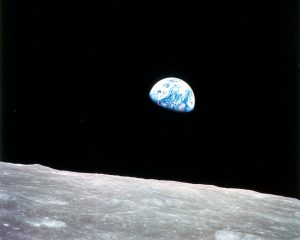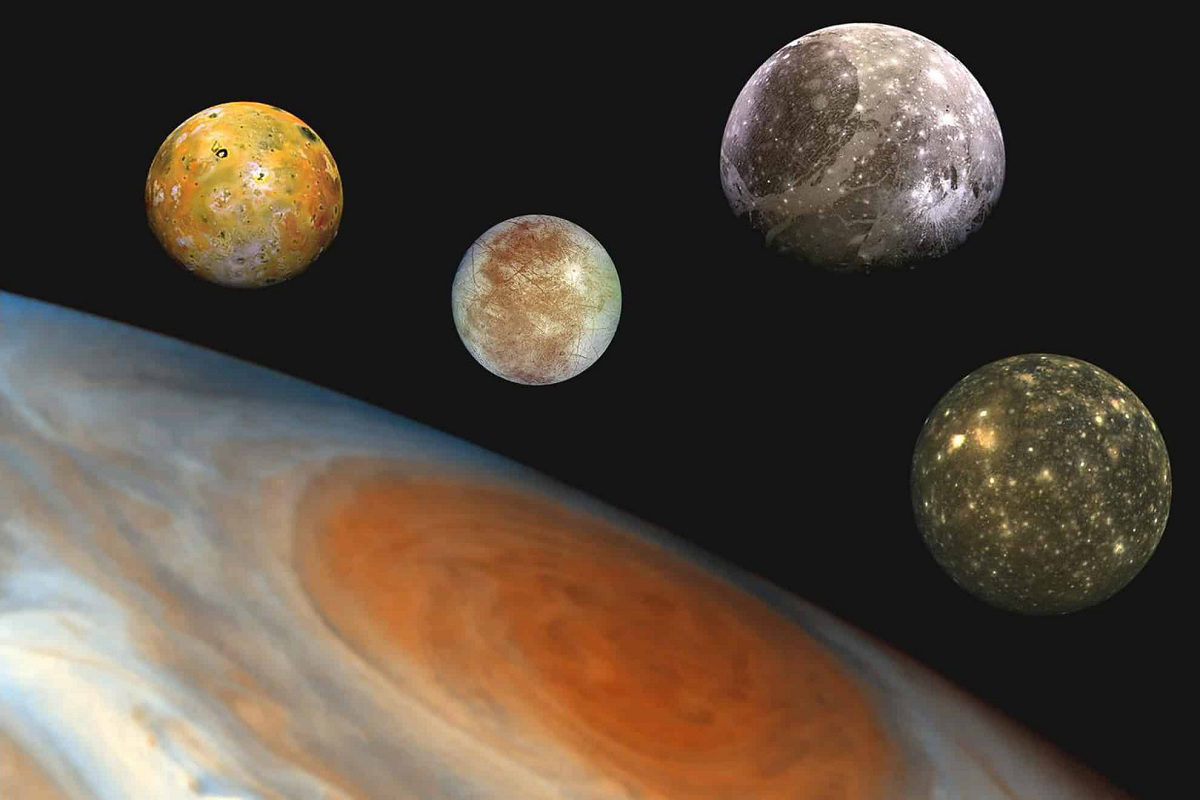A natural satellite is any body that is in orbit around a planet of greater mass, which exerts a gravitational attraction on the satellite. To consider an object as a natural satellite of a planet, the basic criterion is that the center of mass is within the host object (the planet). In the Solar System the planets that have natural satellites are Earth, Mars, Jupiter, Saturn, Uranus and Neptune. While on the side of the Tiny planets, Pluto, Eris and Haumea also have satellites. Some asteroids also have satellites around them, such as the case of the asteroid Ida which has a satellite called Dactyl.
Why doesn't a satellite fall on its planet?
 Natural satellites remain in orbit around a planet because they are at a point of balance around it, that is, the centrifugal forces (which tend to move a body away from the center of rotation) and centripetal force are balanced. (the one that tends to drag it towards the center). The dynamics of how this happens is due to Newton's laws of celestial mechanics, where natural satellites are not actually "suspended" in space around a planet, but are continually "falling" on it, just at a speed. speed so high that it is the same at which it “descends” due to the curvature of the planet.
Natural satellites remain in orbit around a planet because they are at a point of balance around it, that is, the centrifugal forces (which tend to move a body away from the center of rotation) and centripetal force are balanced. (the one that tends to drag it towards the center). The dynamics of how this happens is due to Newton's laws of celestial mechanics, where natural satellites are not actually "suspended" in space around a planet, but are continually "falling" on it, just at a speed. speed so high that it is the same at which it “descends” due to the curvature of the planet.
A satellite “loses height” during its path, but this lost height is compensated by the curvature of the planet and therefore they always remain at the same distance. However, all celestial bodies that describe an orbit, be they planets around a star or satellites around a planet, will have elliptical orbits, with greater or lesser eccentricity, which means that the distance from a satellite to a planet (for example) will be relative, that is, there will be an average distance, a greater one and a smaller one.


